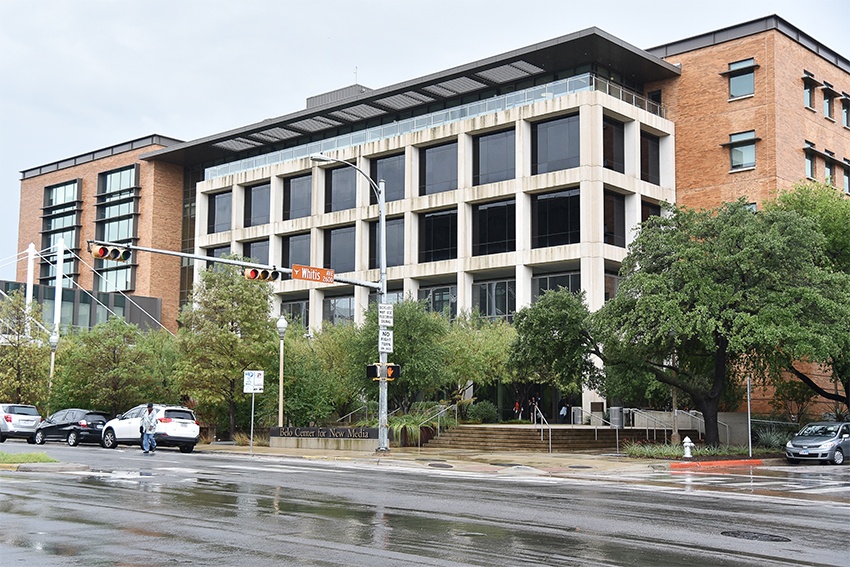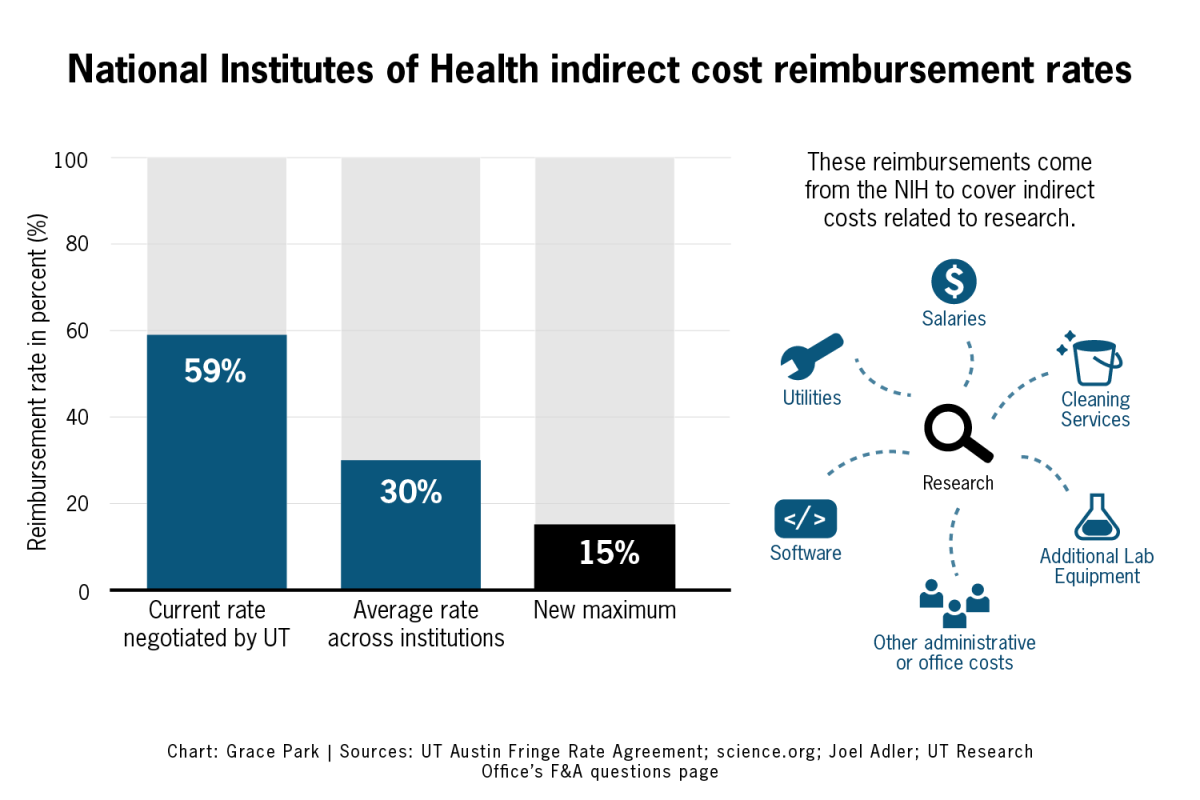When undeclared junior Joshua Alvarez transferred from Texas Tech to UT, he had to give up his two majors and had trouble finding housing — problems he feels were exacerbated by the University’s treatment of transfer students.
“Transfer students don’t fall into four-year graduation rates, so we’ve been pushed to the side in a sense,” Alvarez said. “It’s really unfair.”
Transfer students, who are given a much shorter new student orientation and have no office to specifically address their needs, are 40 percent more likely to drop out after their first year than incoming first-year students, according to the most recent data available from the Office of Information Management and Analysis.
Kristen Jones Harris, assistant director of operations at New Student Services, said there is not currently an office dedicated to helping students transition into the University, but the need is being addressed.
“There is not technically a transfer office,” Harris said. “We are still trying to find specific opportunities to support them throughout their college career versus when they just get here.”
Harris said New Student Services organizes a non-mandatory transfer student orientation that allows transfer students to meet with academic advisors and plan their schedules.
“We have to make different accommodations for their college, but we do feel like a large number of transfer students attend because of those opportunities,” Harris said.
The transfer student orientation is a day and a half long, and Alvarez said he felt like there was not as much information available to him as there would be to freshman.
“Not only was there a lack of support at orientation, but here with that one day and a half I basically came, registered and left,” Alvarez said. “It didn’t provide me with the resources I was looking for.”
Alvarez is on the Transfer Student Board, designed to address the concerns of this small percentage of the student body.
According to the statistical handbook from the Office of Information Management and Analysis, in 2012, 7.4 percent of 2,279 new transfer students dropped out after one year, while 4.4 percent of 8,034 first-time freshmen dropped out after one year.
In 2013, 8,153 transfer students applied to the University. Of the 3,129 students that were accepted, 2,391 enrolled.
The Senate of College Councils passed a resolution in support of more services specifically for transfer students at its meeting Thursday.
Senate vice president Kiefer Shenk said the goal of the resolution is to create an office for transfer students to go to, create mentorship programs and boost orientation attendance.
“[Traditional first-year students] know their adviser better, they have the
First-Year Experience office and are told from the get go they can go there with any issues,” Shenk said. “Transfer students get here and the University seems to expect them to know how to work the system because they’ve been at another school before.”
Shenk said the First-Year Experience office hopes to have the transfer student office in place in the fall.
“I know the University has a priority on four-year graduation rates, and, if these transfer students are coming in and don’t know who to talk to, that’s not going to help the initiative at all,” Shenk said.
Alvarez said the University’s policy towards transfer students contradicts its core principles.
“The University stresses equal treatment for all students and I think the transfer students are a population that are currently not being treated equally,” Alvarez said.



















